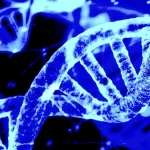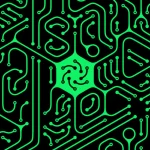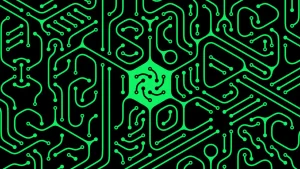
For over a century, scientists have painstakingly studied cells and their inner workings through careful experiments and observations. But now, artificial intelligence is rapidly accelerating our understanding of biology in ways that were unimaginable just a few years ago.
Just a few months ago, A.I. systems accomplished a remarkable feat – they discovered a rare type of kidney cell that produces a key oxygen-regulating hormone, known as the Norn cell.
Powerful “foundation models” like those developed at Stanford and other institutions are teaching themselves the fundamental principles of how cells function, simply by analyzing massive datasets of cellular measurements. By crunching data on millions of cells and their genetic profiles, these AI models are uncovering new cell types, revealing the developmental pathways cells take, and even making predictions about the effects of genetic modifications.
In just weeks, AI rediscovered the existence of rare “Norn cells” that produce the erythropoietin hormone. This cell had eluded human scientists for over 130 years until the AI models found it by crunching massive datasets on millions of cells.
This surprising discovery happened at Stanford University. The Stanford team’s AI model, called Universal Cell Embedding (UCE), taught itself over 1,000 different cell types just by analyzing the molecular profiles of 33 million cells. In addition to spotting the elusive Norn cells, UCE revealed other potential new cell types and rediscovered principles of developmental biology from the raw data alone.
By studying datasets on gene expression in cells, these AI can predict how knocking out certain genes will impact cellular functions like heart muscle contractions.
These AI could ultimately map the range of biochemistries possible for sustaining life itself.
Just as large language models like GPT have revolutionized fields like software coding and writing, these biological AI look poised to fundamentally accelerate how we deepen the scientific understanding of life itself. Expect many more breakthrough biological discoveries made first not by humans, but by the machines we’ve created to find the patterns we can’t see.





